June 15, 2025 | 11:40 GMT +7
June 15, 2025 | 11:40 GMT +7
Hotline: 0913.378.918
June 15, 2025 | 11:40 GMT +7
Hotline: 0913.378.918
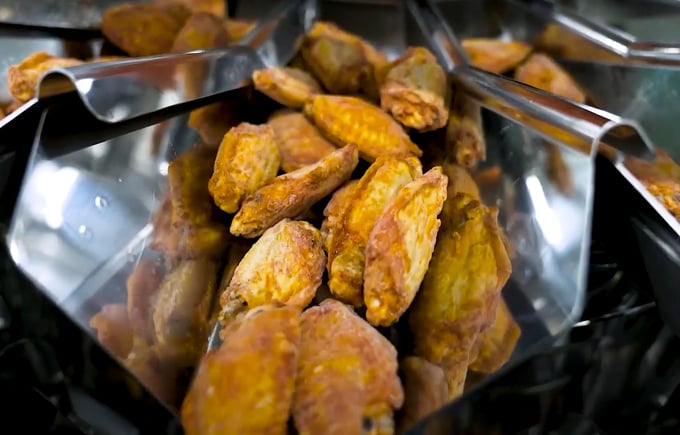
The processing of poultry meat for export at CPV Food Complex owned by C.P. Vietnam. Photo: Son Trang.
According to the General Department of Vietnam Customs, the export of Vietnamese meat and meat products reached over 5,700 tons in the third quarter of 2023 with a value of over 28 million USD, which is an increase of 27% in quantity and an increase of 19% in value compared to the second quarter of 2023. Furthermore, this represents an increase of 45% in quantity and an increase of 34% in value compared to the third quarter of 2022.
Vietnam primarily exports meat and meat products to Asian countries, with Hong Kong being the largest target market.
During the third quarter of 2023, Hong Kong contributed to over 40% of the quantity and 50% of the value of Vietnam's total meat and meat product exports, amounting to over 2,300 tons at 14 million USD. This represents an increase of approximately 14% in quantity and 12% in value compared to the second quarter of 2023. Furthermore, this represents an increase of 28% in value and 46% in quantity compared to the third quarter of 2022.
The majority of Vietnamese meat and meat product exports to Hong Kong during the third quarter include fresh, chilled, or frozen pork, which consists primarily of frozen whole suckling pig and frozen whole pork.
Other meats and post-slaughter byproducts in the form of edible meat from various animals, fresh, chilled, or frozen (mainly frozen frog meat), are exported to Belgium, the United States, France, Canada, among other countries.
Meat and post-slaughter byproducts in the form of edible meat from fresh, chilled, or frozen poultry (mainly frozen chicken feet) are mainly exported to the Chinese market.
With the exclusion of poultry meat and by-products, the overall export of Vietnamese meat and meat products has shown significant growth compared to the same period in 2022.
Accordingly, Vietnam's total meat and meat product exports reached over 16,000 tons in the first three quarters of 2023 at a value of nearly 78 million USD, which is an increase of 28% in quantity and 39% in value compared to the same period in 2022. Consequently, this growth has contributed significantly to the impressive growth in the overall export of livestock products.
According to the Center for Digital Transformation and Agricultural Statistics under the Ministry of Agriculture and Rural Development, Vietnam's export turnover for livestock products reached 402 million USD in the first ten months of 2022, which is an increase of 22% compared to the same period in 2022.
Most notably, Hong Kong stands as the largest target market for Vietnamese livestock products, accounting for 37% of the latter's export turnover in the first ten months of 2022, followed by Cambodia at 15%, Japan at 14%, China at 10%, etc.
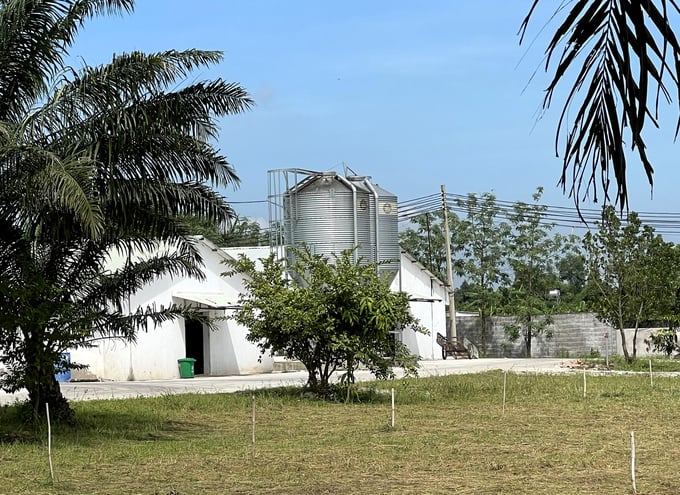
Export-oriented Industrial Poultry Farm belonging to Long Thanh Phat High-Tech Agricultural Cooperative in Dong Nai province. Photo: Son Trang.
In addition to the export of meat and meat products, the export of dairy has also exhibited impressive growth in 2023, reaching 113 million USD in terms of export turnover during the first ten months of 2023, which is an increase of 26% compared to the same period in 2022.
During the first nine months of 2023, fresh, chilled, or frozen pork products accounted for the largest portion of the export of Vietnamese meat and meat products at 32%; followed by processed meat (sausages, smoked meat, salted products) at 24%; live cattle and buffalo at 15%; poultry meat and by-products at 8%, etc.
According to Professor Nguyen Thanh Son, Chairman of the Vietnam Poultry Association, FAO forecasts that the global meat protein consumption will increase by 14% by 2030 due to rising income levels and population growth. Additionally, the supply of protein from poultry meat is expected to increase by 17.8% by 2030.
International meat trade will expand to meet the growing demand from countries in Asia and the Middle East, where domestic supply will be insufficient to meet demand. Consequently, this presents an opportunity to promote the development of the poultry industry in Vietnam.
With the aim of further enhancing the growth of poultry product exports in the future, Professor Nguyen Thanh Son highlighted the need to strengthen negotiations and expand the range of export target markets for Vietnamese processed poultry meat and eggs. Moreover, he suggested active support and guidance for businesses in implementing administrative procedures and technical regulations for product exports is critical.
It is also crucial to establish multiple disease-free zones, with a focus on medium- and long-term export programs for key poultry products.
Translated by Nguyen Hai Long
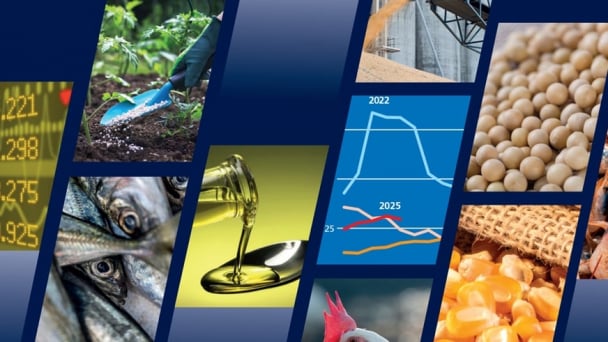
(VAN) Noting risks, report examines impacts of avian influenza, changing trade patterns since 2022, fish fraud, and shipping industry’s net-zero goals.

(VAN) Mr. Tran Quang Bao, General Director of the Forestry and Forest Protection Department, met and worked with the International Wood Products Association to promote cooperation in the field of timber trade.

(VAN) China's outbound shipments of rare earths in May jumped 23% on the month to their highest in a year, though Beijing's export curbs on some of the critical minerals halted some overseas sales.
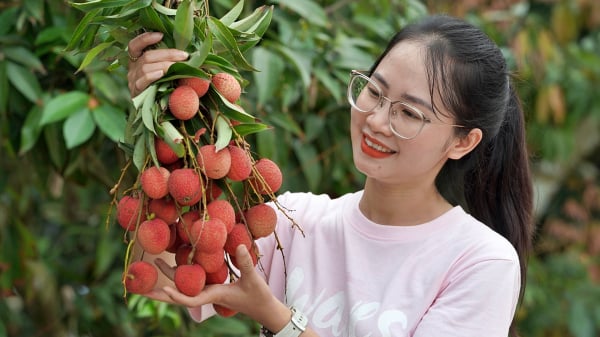
(VAN) To sustain capital flow, administrative reform alone is not enough; what farmers truly need is an ecosystem where both government and businesses grow together in support.

(VAN) Vietnam and the United States are proactively working together, each in their own way, to ensure that every container of agricultural goods carries not just products, but also long-term trust and value.

(VAN) Stores have started selling rice from the government’s stockpile to feed demand for the staple.
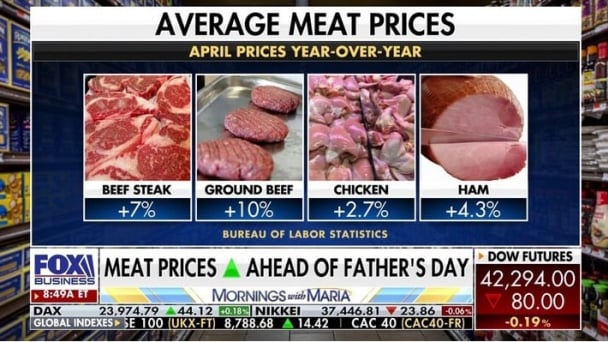
(VAN) Omaha Steaks CEO says rebuilding cattle herds will take about a year to ease price pressures.